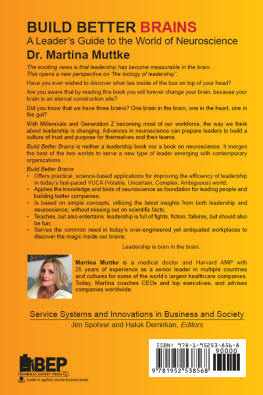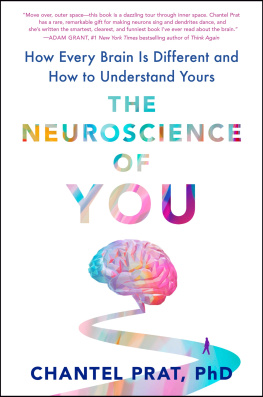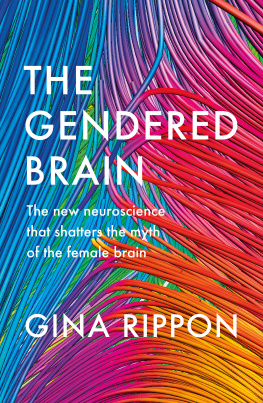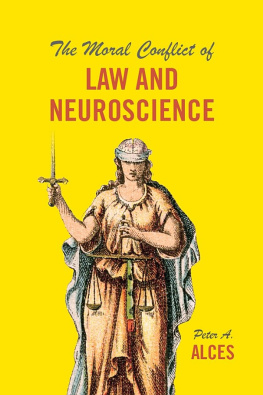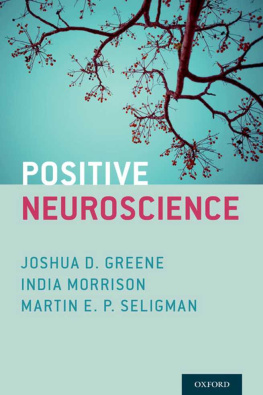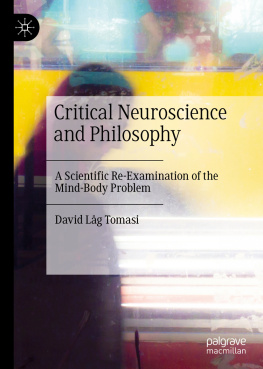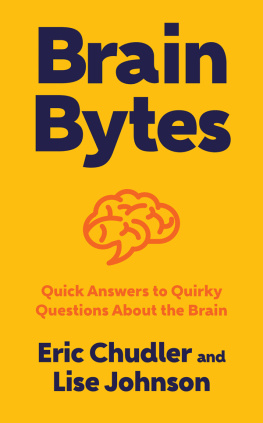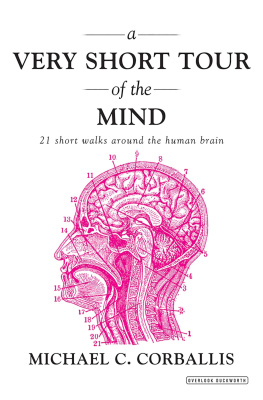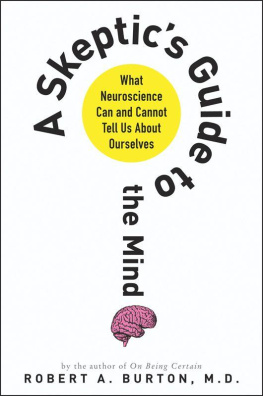The Neuroscience of Creativity
What happens in our brains when we compose a melody, write a poem, paint a picture, or choreograph a dance sequence? How is this different from what occurs in the brain when we generate a new theory or a scientific hypothesis?
In this book, Anna Abraham reveals how the tools of neuroscience can be employed to uncover the answers to these and other vital questions. She explores the intricate workings of our creative minds to explain what happens in our brains when we operate in a creative mode versus an uncreative mode.
The vast and complex field that is the neuroscience of creativity is disentangled and described in an accessible manner, balancing what is known so far with critical issues that are as yet unresolved. Clear guidelines are also provided for researchers who pursue the big questions in their bid to discover the creative mind.
Anna Abraham is a Professor of Psychology at the School of Social Sciences in Leeds Beckett University, UK. She is a Fellow of the Royal Society of the Arts, the Salzburg Global Seminar, and the Higher Education Academy. She is also a Member of the International Society for Fiction and Fictionality Studies, the Association for Psychological Science, the Cognitive Neuroscience Society, and the American Psychological Associations Division 10: Society for the Psychology of Aesthetics, Creativity and the Arts. She edited the 2015 book Madness and Creativity: Yes, No or Maybe? and has authored numerous publications on the human imagination.
Cambridge Fundamentals of Neuroscience in Psychology
Developed in response to a growing need to make neuroscience accessible to students and other non-specialist readers, the Cambridge Fundamentals of Neuroscience in Psychology series provides brief introductions to key areas of neuroscience research across major domains of psychology. Written by experts in cognitive, social, affective, developmental, clinical, and applied neuroscience, these books will serve as ideal primers for students and other readers seeking an entry point to the challenging world of neuroscience.
Books in the Series:
The Neuroscience of Expertise by Merim Bilali
The Neuroscience of Intelligence by Richard J. Haier
Cognitive Neuroscience of Memory by Scott D. Slotnick
The Neuroscience of Adolescence by Adriana Galvn
The Neuroscience of Suicidal Behavior by Kees van Heeringen
The Neuroscience of Creativity by Anna Abraham
Cognitive and Social Neuroscience of Aging by Angela Gutchess
The Neuroscience of Creativity
Anna Abraham
Leeds Beckett University, UK
University Printing House, Cambridge CB2 8BS, United Kingdom
One Liberty Plaza, 20th Floor, New York, NY 10006, USA
477 Williamstown Road, Port Melbourne, VIC 3207, Australia
314321, 3rd Floor, Plot 3, Splendor Forum, Jasola District Centre, New Delhi 110025, India
79 Anson Road, #06-04/06, Singapore 079906
Cambridge University Press is part of the University of Cambridge.
It furthers the Universitys mission by disseminating knowledge in the pursuit of education, learning, and research at the highest international levels of excellence.
www.cambridge.org
Information on this title: www.cambridge.org/9781107176461
DOI: 10.1017/9781316816981
Anna Abraham 2018
This publication is in copyright. Subject to statutory exception and to the provisions of relevant collective licensing agreements, no reproduction of any part may take place without the written permission of Cambridge University Press.
First published 2018
Printed in the United Kingdom by TJ International Ltd. Padstow Cornwall
A catalogue record for this publication is available from the British Library.
Library of Congress Cataloging-in-Publication Data
Names: Abraham, Anna, 1977 author.
Title: The neuroscience of creativity / Anna Abraham.
Description: Cambridge, United Kingdom; New York, NY: Cambridge University Press, 2019. |
Series: Cambridge fundamentals of neuroscience in psychology | Includes bibliographical references and index.
Identifiers: LCCN 2018029876 | ISBN 9781107176461 (hardback) | ISBN 9781316629611 (paperback)
Subjects: LCSH: Creative ability. | Cognitive neuroscience.
Classification: LCC BF408.A235 2019 | DDC 153.3/5dc23
LC record available at https://lccn.loc.gov/2018029876
ISBN 978-1-107-17646-1 Hardback
ISBN 978-1-316-62961-1 Paperback
Cambridge University Press has no responsibility for the persistence or accuracy of URLs for external or third-party internet websites referred to in this publication and does not guarantee that any content on such websites is, or will remain, accurate or appropriate.
For my parents,
Shaino Abraham, the reigning world champion of steadfast optimism, and
George (Lalu) Abraham, the coolest cat to have walked the planet.
Contents
Figures
Boxes
Preface
Our capacity to be creative is a true marvel of nature. We experience it in our daily lives in myriad forms, and we reap the joys and benefits of its fruition not only as agents but also as recipients. Creativity is often heralded as representing the epitome of uniquely developed human abilities. It is one that we lay a great deal of premium on in our daily lives across all walks of life, and it is essential to human development and progress at every level, from the individual to societal. However, the inherently abstract and intricate nature of creative thinking renders a certain mystery and ineffability to its workings.
Although relatively new to the enterprise of scientific enquiry, neuroscience as a formal discipline is one that has been witness to exponential growth in terms of research output and knowledge that benefits all domains of human perception, cognition, and behavior. Creativity is no exception to this revolutionary trend. But it is unique in that the many complexities involved in investigating this astonishingly complex human ability render the explosion of published work in relation to it extremely challenging to understand with sufficient depth.
The objective of this book is to provide a systematic overview of the neuroscience of creativity where the many disparate strands of academic theory and research in the field are integrated and summarized in an accessible manner. In other words, it is aimed to help anyone equipped with nothing but a deep interest in understanding the creative mind find their bearings. It is, in fact, the book I wish Id had on hand when I began to investigate creativity. A Baedeker Guide to Creativity and the Brain, so to speak.
May this resource be a useful guide in your exploration of the creative mind.
Acknowledgments
Writing this book has been a whirlwind adventure in my mind that began at a snails pace and ended at lightning speed. I hope the book reflects both qualities: the gentle ease of a loafer and the zeal of a hyperfocused meditator, unified in the mission of making sense of the creative mind.
I have been obsessed with creativity for as long as I can remember. Many of my earliest memories are of being privy to dazzling moments on the screen, on the page, and in the air; through film, sports, music, and books. Precious moments that triggered me to action. I memorized and recited whole movies to entertain friends. Masterful sequences played back in my mind. And no one could stop me from singing. I am grateful to countless creators, artists, and performers the world over for all the magic. To be bestowed the chance to study the creative mind has been an extraordinary privilege for me, and I am indebted to an incalculable number of people who have aided me in my pursuits over the years.


